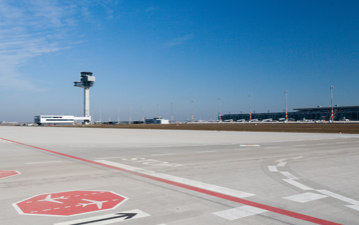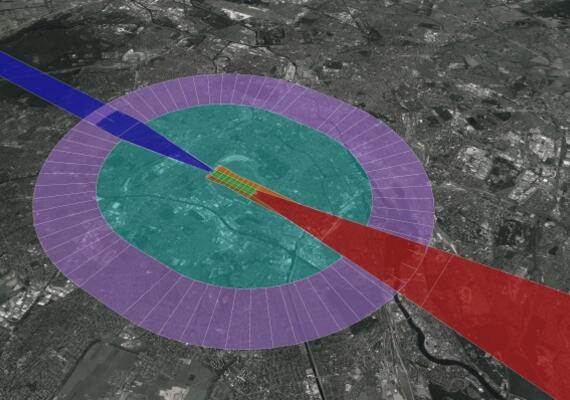Certification of Heliports based on EASA new specifications (CS-HPT-DSN)
EASA recently published a new “Decision” introducing Certification Specifications (CS) and Guidance Material (GM) for the design of surface-level Visual Flight Rules (VFR) heliports located at aerodromes that fall under the scope of Regulation (EU) 2018/1139 (‘Basic Regulation’). The new regulation, referred to as CS-HPT-DSN, is based on the relevant chapter for surface-level heliports in ICAO Annex 14, Volume II, Heliports, 4th Edition and includes requirements for the infrastructure at heliports, e.g. FATO (Final Approach and Take-off Area), Safety Area, TLOF (Touchdown and Lift-off Area), helicopter ground and air taxiways and appropriate markings and lightings, as well as obstacle limitation surfaces and requirements.
What does this new regulation imply for aerodrome operators?
This new regulation makes aerodrome operators immediately responsible for demonstrating and ensuring compliance of heliports located at airports with the applicable requirements – as for the other existing CS and GM already applicable to aerodromes.
These new rules replace the respective national regulations. Aerodrome operators, in their certification process, need to:
- extend their Certification Basis with the new applicable CS related to their specific heliport operations
- document and demonstrate compliance to these CS to the competent authority
- manage deviations to the CS by proposing Special Conditions (SC) or arguing with an Equivalent Level of Safety (ELOS).
The implementation of CS-HPT-DSN will be monitored by EASA through regular audits / standardisation visits and regular meetings with the national airport authorities (NAA).
What is now the challenge for aerodrome operators?
It is well-known that many heliports at airports yet do not meet the requirements according to ICAO Annex 14, Volume II, Heliports, 4th Edition , partially due to the non-systematic transposition of this Annex latest versions and amendments into national regulations.
This situation will typically affect German airports, among other countries. In Germany, heliports are still today governed by national regulations dating from 2005, and consequently based on ICAO Annex 14, Volume II, 2nd Edition (1995). While some airports may have proactively considered the 3rd and 4th Edition of this Annex (and therefore should meet the requirements according to new EASA regulation CS-HPT-DSN), many are not yet compliant – or not aware of potential non-conformities: a short look with Google Earth at some major airports confirms this assumption.
Is your heliport ready for the new regulations?
Aerodrome operators should be proactive, and start early with assessing the current compliance of their heliports with the new regulations, notably to anticipate possible investments to ensure compliance – or to develop alternative means to adhere with the rules.
What can airsight offer related to the certification of heliports?
airsight designs and audits heliports infrastructure and operations since many years, based on ICAO latest requirements and EASA previous NPA. Our expertise covers all aspects regarding infrastructure and operation at heliports , and our standardised tools and check-lists make our work very efficient!
Please feel free to contact us for a quote for a heliport inspection or audit, as well as for project requiring assistance in the planning of a heliport.
airsight also proposes training on Heliport Planning and Design, considering both ICAO and EASA specifications. This training is available both as scheduled and in-house training.
Key Facts



